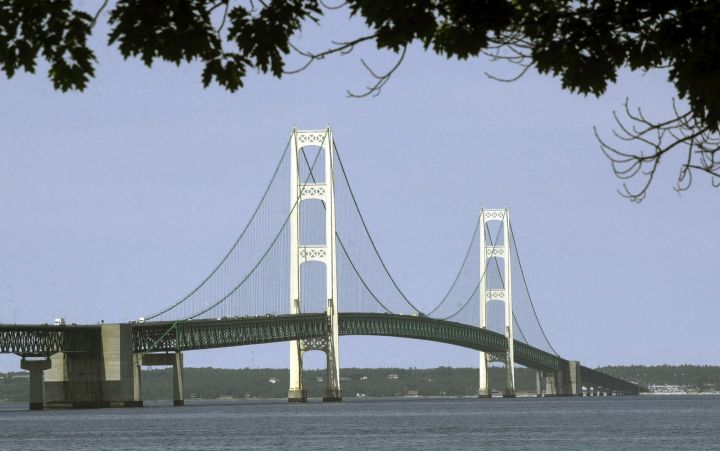Op-ed: Inuit voices to be heard at IMO on critical shipping issues

The CCGS Terry Fox breaks ice ahead of the CGGS Louis S. St-Laurent during a scientific mission charting Canada’s Arctic continental shelf in 2015. The Inuit Circumpolar Council is the first Indigenous Peoples organization to receive provisional consultative status at the world’s shipping regulatory agency — the United Nations’ International Maritime Organization. (Handout photo)
While Inuit leadership, youth and knowledge-holders raised their voices at the Glasgow climate change talks last November, the Inuit Circumpolar Council became the first Indigenous Peoples organization to receive provisional consultative status at the world’s shipping regulatory agency — the United Nations’ International Maritime Organization.

Lisa Koperqualuk, left, is vice-president (international) of ICC Canada. Monica Ell-Kanayuk, right, is president of Inuit Circumpolar Council Canada.
Provisional status meant some countries did not approve of ICC having full consultative status and Inuit have until the end of 2023 to make a case for permanent membership. Several countries with shipping interests — Russia, Japan, United Arab Emirates and China — voted against Inuit engagement.
Ultimately, we will provide a report to the IMO, illustrating how Inuit knowledge and visions have informed decision-making regarding global shipping and guide how Arctic shipping will evolve.
The 2018 Utqiaġvik Declaration directed ICC to ensure the Arctic marine environment was protected, and that Arctic shipping infrastructure is sustainable. Inuit must be at the highest levels of decision-making to protect our marine environment. Inuit are reclaiming their rightful seat where decisions that impact Inuit Nunaat are made. The ocean connects us rather than separates us. As a maritime people, the sea ice and the ocean are central to Inuit culture and food security.
Provisional status is a significant accomplishment. It reflects an acknowledgment of the inherent right to self-determination. The marine environment is affected by this UN body, therefore it is crucial this temporary status be made permanent.
Inuit depend on Arctic shipping for resupply, and it is also an integral part of Inuit economies. The Arctic marine environment and the cultural connection to it and the food security it provides are paramount for our communities.
ICC will work to ensure the Arctic shipping industry is safe and sustainable through four areas of action:
- Harmonization of regulatory frameworks north of 60 with south of 60, like emission control areas; in southern Canada, people and marine habitat have a higher level of protection from shipping air emission impacts;
- Efforts to decarbonize the global fleet through the transition from heavy fuel oil to safer fuels which will reduce black carbon in the Arctic and prevent a spill;
- Vessel underwater noise restrictions to protect marine mammals; and
- Reduction of Arctic vessel pollutants such as grey water discharges and harmful substances including nutrients, plastics and invasive species.
This victory for Inuit will ensure that, as shipping increases in our Arctic waters, we will have our own voice. Community members will be heard on issues from the importance of shipping to concerns we have regarding our marine environment from potential spills, underwater noise, black carbon, safe shipping corridors, pollution and grey water discharge, and invasive species.
Inuit now have a seat at this international table where issues that impact the Arctic are discussed.
Monica Ell-Kanayuk is president of Inuit Circumpolar Council Canada. Lisa Koperqualuk is vice-president (international) of ICC Canada.











